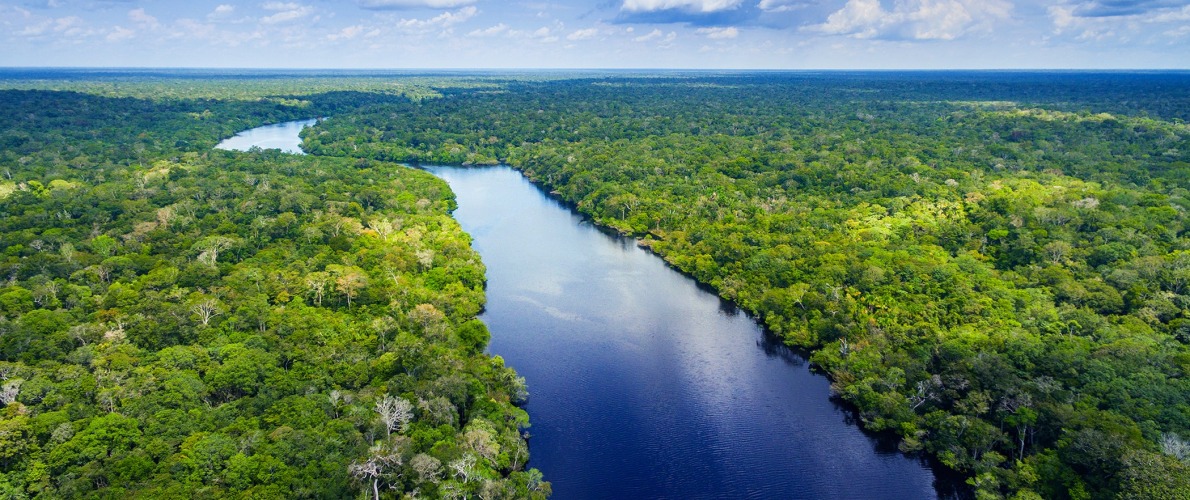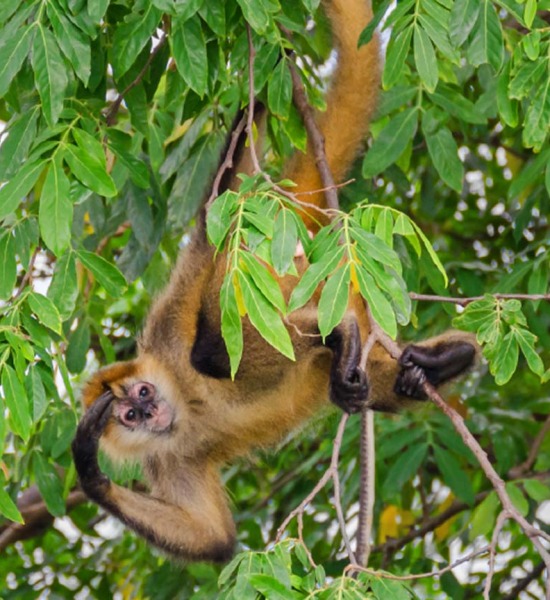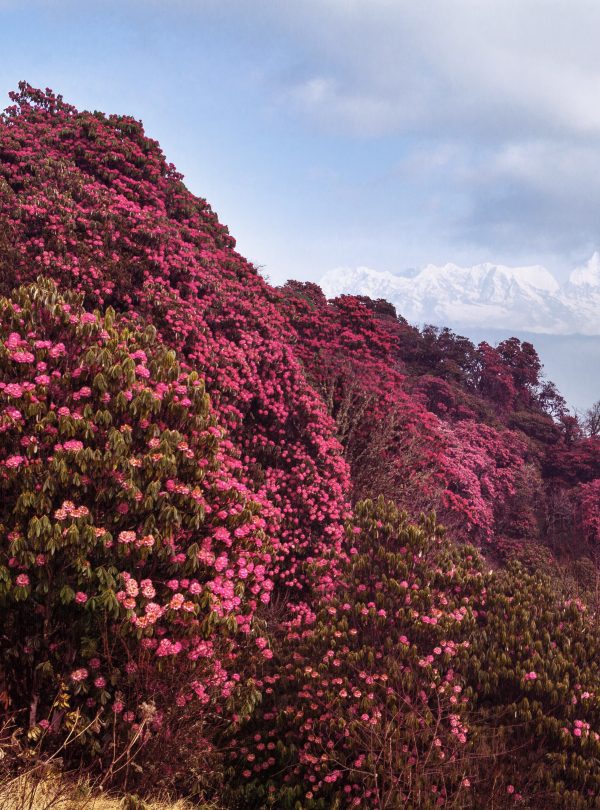
Save a Highland Wildlife Paradise in Nepal
Support More Work Like ThisSupport More Work Like ThisThis designation follows the previous successful purchase of 150 acres by Rainforest Trust and KTK-BELT, fortifying a core portion of the region and preventing road encroachment.
-
Species at Risk
Spikenard (CR); Red-headed Vulture (CR); White-rumped Vulture (CR); Red Panda (EN); Alpine Musk Deer (EN); Atis (EN); East Himalayan Yew (EN)
-
Carbon stored
5,865,704 mT*
*(metric tons of CO2 equivalents) -
Partner
Koshi Tappu Kanchenjunga Biodiversity Education Livelihood Terra-Studio (KTK-BELT)
-
136,331 Proposed Acres Conserved by
Designation
-
Project Cost: $732,948

136,331
This designation follows the previous successful purchase of 150 acres by Rainforest Trust and KTK-BELT, fortifying a core portion of the region and preventing road encroachment.
-
Species at Risk
Spikenard (CR); Red-headed Vulture (CR); White-rumped Vulture (CR); Red Panda (EN); Alpine Musk Deer (EN); Atis (EN); East Himalayan Yew (EN)
-
Carbon stored
5,865,704 mT*
*(metric tons of CO2 equivalents) -
Partner
Koshi Tappu Kanchenjunga Biodiversity Education Livelihood Terra-Studio (KTK-BELT)
-
136,331 Proposed Acres Conserved by
Designation
-
Project Cost: £551,089

136,331
Stop Road Construction in the Himalayas
Rainforest Trust and our long-time partner, KTK-BELT have been working to create a corridor of protection for wildlife across eastern Nepal. Our newest joint initiative is the creation of a 136,331-acre community protected area in the Tinjure-Milkhe-Jaljale (TMJ) Rhododendron Forest. This designation follows the successful purchase of 150 acres by Rainforest Trust and KTK-BELT last year, fortifying a core portion of the region and preventing road encroachment.
The TMJ is one of the most unique habitats in the country’s Himalayan region. Consisting of 33 high altitude lakes and 13 watersheds, the TMJ is a vital resource to local communities and lifeline for many iconic species. But currently, bulldozers for haphazard road construction and unsustainable development are scattered across the TMJ landscape, leaving the area’s forests, wetlands, and shrub lands vulnerable.
Watch the recording of Rainforest Trust’s Field Journal: Nepal—Conservation in a Vertical World
Explore Nepal

The Endangered Dhole, or Asiatic Wild Dog, by Dr. Ajay Kumar Singh


Red Panda Courtesy of Mathias Appel
Biodiversity
Known as the ‘Rhododendron Capital of the Himalayas’, there are 28 species of rhododendrons and more than a thousand different plant species, of which more than 100 are endemic. Many plants and fungi used in traditional and modern medicine are also native to this area such as the Critically Endangered Spikenard and the Endangered Atis.
The TMJ falls within the Eastern Himalayas biodiversity hotspot and the Tamur valley and watershed Key Biodiversity Area, housing many endangered species including Critically Endangered Red-headed Vulture and White-rumped Vulture, as well as the Endangered Red Panda. In addition, the area is renowned for the presence of many wintering bird species such as Snow Partridge, Himalayan Monal, Rufous-winged Fulvetta, Rusty-cheeked Scimitar Babbler, Endangered Steppe Eagle and many others.
Communities
Engaged local communities are critical for long-term conservation success. Your gift to this project will also help KTK-BELT establish “Learning Grounds,”––educational centers for local people to work on creating direct links between the capacity of their community and the sustainability of the protected area.



Partnering to Save the Rainforest
Our partners’ ability to work with their governments and build strong connections with local communities ensures the successful implementation of our projects.
Learn More About This PartnerLearn More About This Partner
